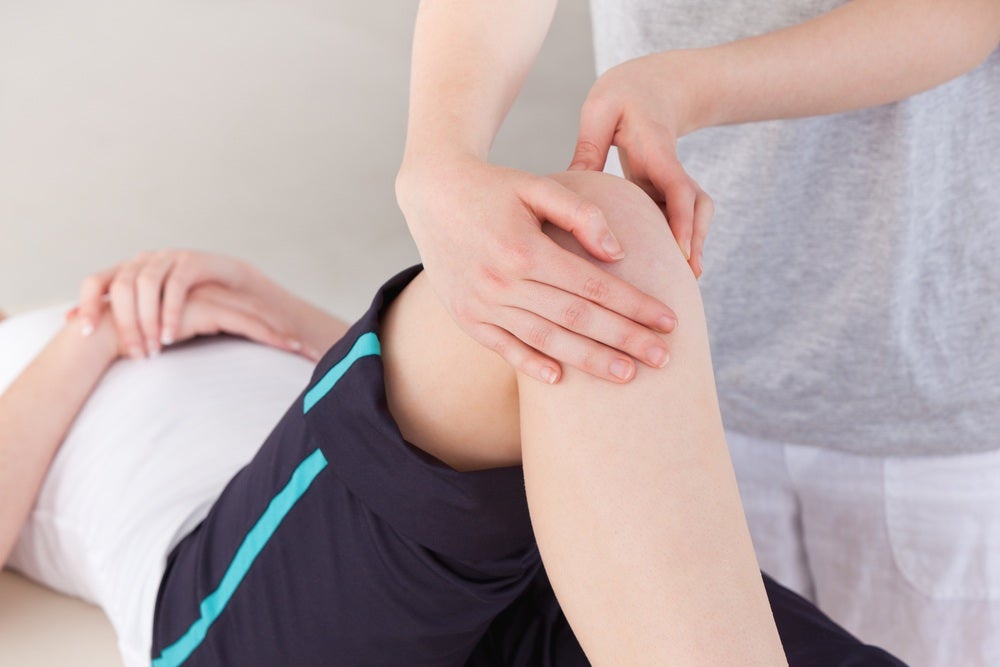You Were Right All Along: Massage Works

Photo: <a href=http://shutterstock.com>Shutterstock.com</a>
After decades of scientific dismissals, a new study suggests that massage not only enhances recovery but may also boost fitness.
This article was originally published in the Sept/Oct 2012 issue of Inside Triathlon magazine.
Many triathletes swear by massage. They may not have the slightest idea how it works, but they are unshakably certain that it works. They can feel it. A good massage seems to take post-workout soreness and stiffness out of the muscles. A regular regimen of weekly massage seems to keep the body loose and supple and enhance freedom of movement.
Scientific attempts to validate these perceptions have almost always failed, however. Jason Brumitt, Ph.D., an assistant professor of physical therapy at Pacific University, summed up the situation in a 2008 review of the scientific literature on the use of massage therapy in sports. “Massage is a popular treatment choice of athletes, coaches, and sports physical therapists,” he wrote. “Despite its purported benefits and frequent use, evidence demonstrating its efficacy is scarce.”
Not anymore. A new study published in Science Translational Medicine provides the first physiological evidence that massage actually does something—and perhaps something more than even its most enthusiastic devotees thought it did.
The lead author of the study, Mark Tarnopolsky, is a professor of neurology at McMaster University in Hamilton, Ontario, and—crucially—also an accomplished trail runner. When Tarnopolsky tore a hamstring in a water-skiing accident, he received massage treatments as part of his physical therapy. Not convinced by his therapist’s explanation of how massage worked, Tarnopolsky decided to find out for himself.
A specialist in cellular biology, Tarnopolsky designed the first study using muscle biopsies to investigate the effects of massage on a cellular level with the aid of gene expression profiling. This technique enables researchers to see whether particular genes are “turned on” or “turned off” by a specific intervention such as massage.
There are several hundred genes whose expression is known to be affected by exercise. Subjects in the study received a massage on one leg after exercising with both legs, then a muscle biopsy was taken from each leg and analyzed for differences in gene expression. Tarnopolsky found that genes that regulate inflammation, which are normally turned on by exercise, were less active after massage. Surprisingly, he also found that genes responsible for synthesizing new mitochondria—the part of a cell responsible for generating energy—in muscle cells were more active after massage. Mitochondrial creation is one of the key responses to endurance training that increases aerobic fitness.
These findings are unquestionably important and exciting, but Tarnopolsky cautions that they are not the end of the story. “At the end of the day,” he says, “athletes want to know: ‘If I exercise and get a massage, am I going to get fitter because I have more mitochondria? Am I going to recover faster because I have less inflammation?’”
Tarnopolsky is preparing a study to answer these very questions now. In the meantime, he’s a full convert to sports massage.
Self-massage Tools
Don’t have the time or money for a regular massage? Here are the editors’ favorite self-massage tools so you can experience the benefits of massage at home.
Softball ($8, sporting goods stores)
Good for: Piriformis, calves and other deep, hard-to-target muscles
Why we like it: Harder than a tennis ball and softer than a lacrosse ball
Sprinter Stick ($35, Thestick.com)
Good for: Loosening muscles post-race—less pressure than using your body weight on a roller
Why we like it: Small and easy to take on the road
Trigger Point Therapy’s The Grid ($40, Tptherapy.com)
Good for: IT band, hamstrings, lower back
Why we like it: The different zones on this foam roller better target knots